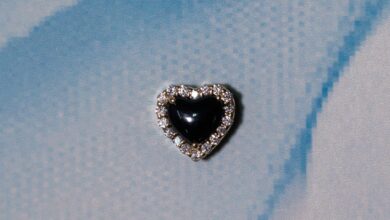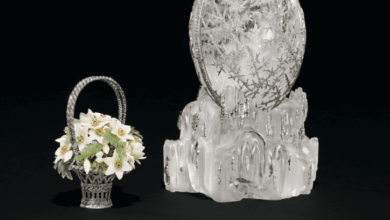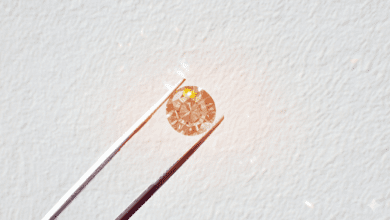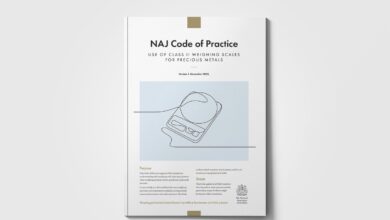Sotheby’s to auction Cromwell-era ring unearthed by metal detector
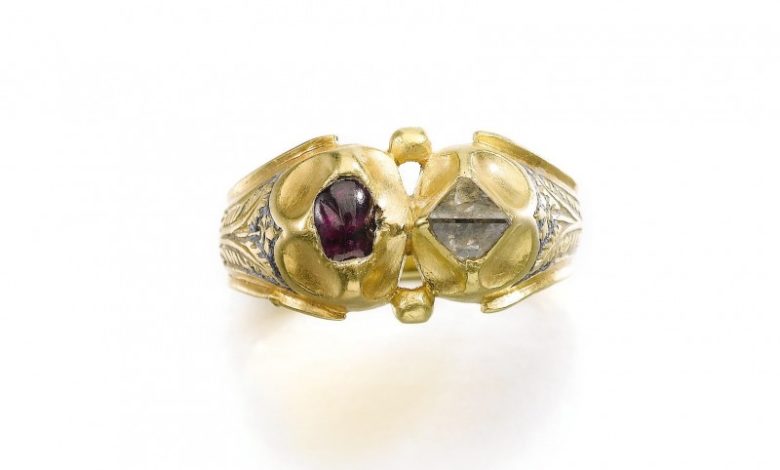
Register to get 1 free article
Reveal the article below by registering for our email newsletter.
Want unlimited access? View Plans
Already have an account? Sign in
An English, late 15th Century ring that was found using a metal detector is to be offered for auction.
The ring was discovered in 2013 near Launde Abbey, an Elizabethan manor house once home to Thomas Cromwell’s son, and will be offered for auction by Sotheby’s in London on Thursday, July 9, in a sale of ‘Old Master Sculpture & Works of Art’.
Estimated at £20,000 to £30,000, the ring is an early example of the love or marriage ring in which the bond between husband and wife is symbolised by two different gems, a point-cut diamond and a rounded ruby.
Sotheby’s said that the engraved sprigs on the partially enamelled shoulders of the ring are typical of a goldsmith’s work in 15th Century England.
From the 12th Century onwards, the site near Launde Abbey – situated in the valley of the river Chater in East Norton, Leicestershire – was occupied by a large and wealthy Augustinian Priory.
Thomas Cromwell was so impressed by the building and the location that he presented it to himself after surveying it as part of the dissolution of the monasteries. His execution in 1540 prevented him from moving in. Instead his son Gregory and his wife Elizabeth Seymour, the sister of Henry VIII’s third wife Jane Seymour, took residence there.
Erik Bijzet, Sotheby’s ‘Old Master Sculpture & Works of Art’ specialist, said: “The movement of wealthy patrons around a major monastery, the violence with which the rich institution must have been taken for the Crown, and the importance of the subsequent inhabitants are all reasons for a ring of this significance to have been deposited in its vicinity.”




